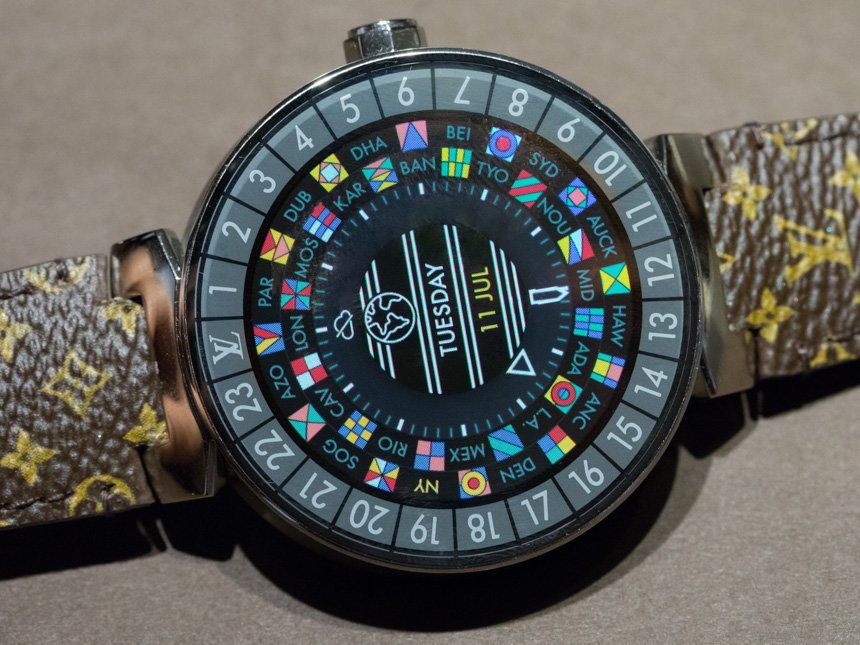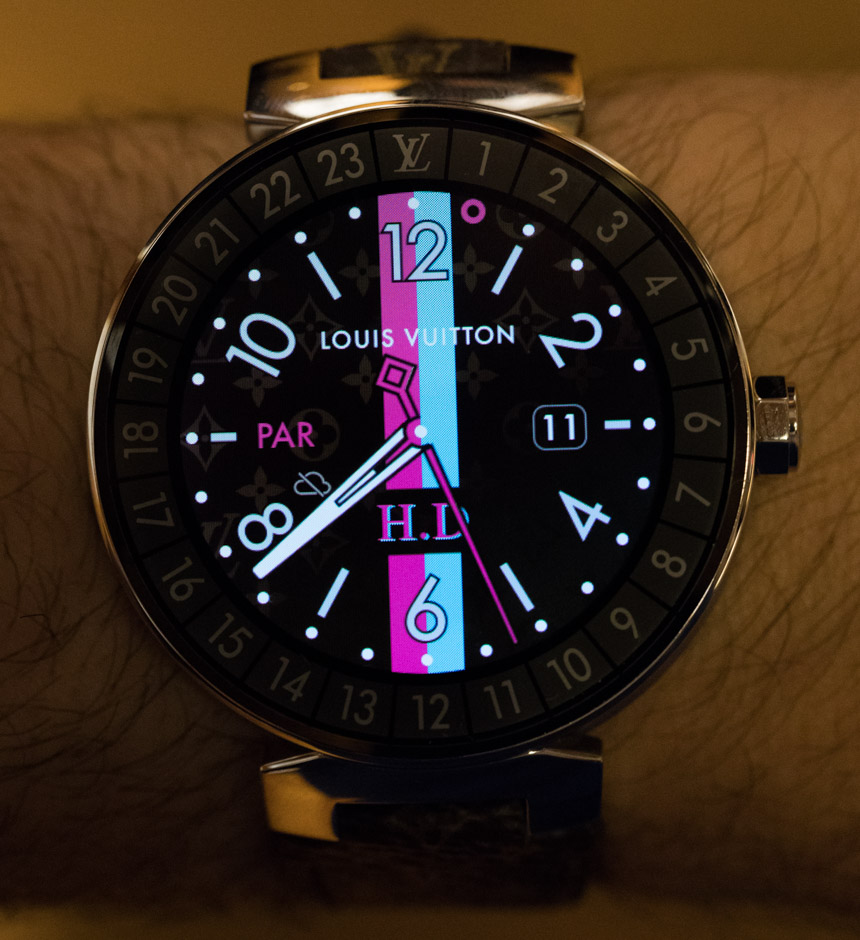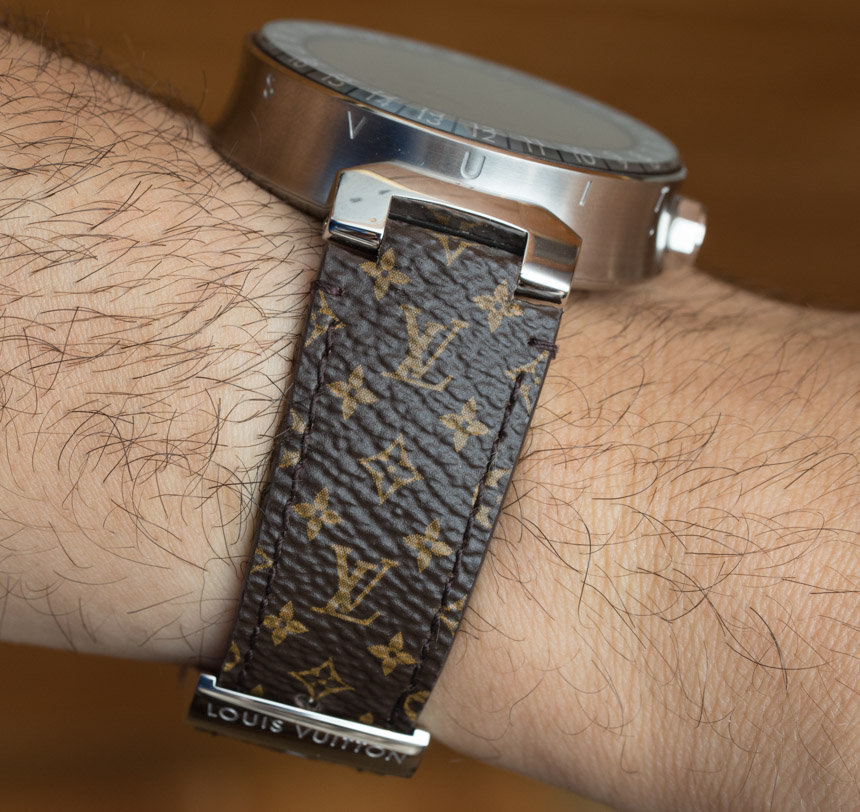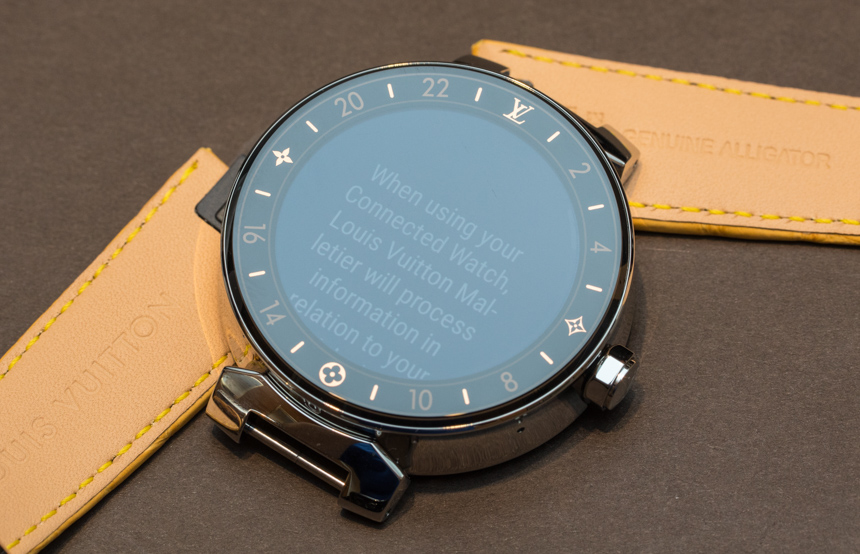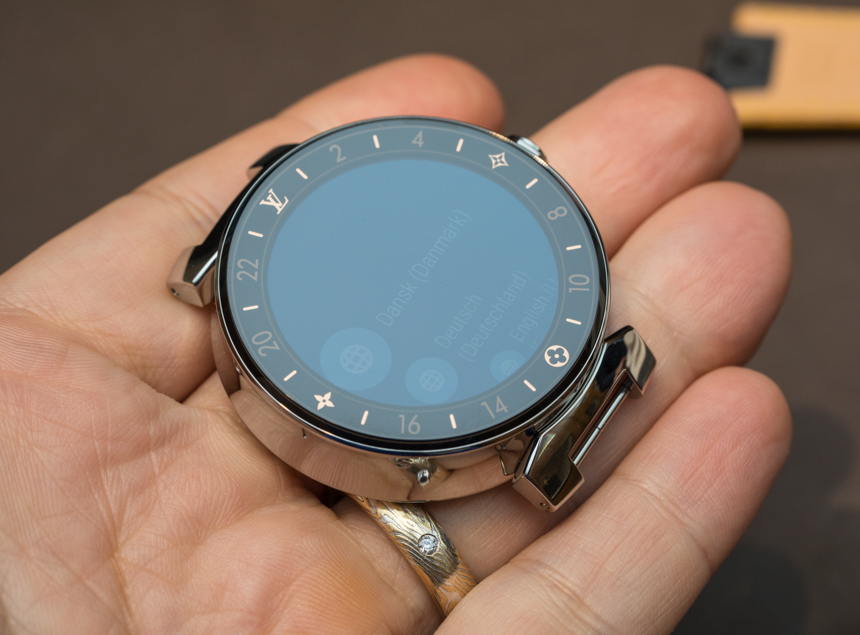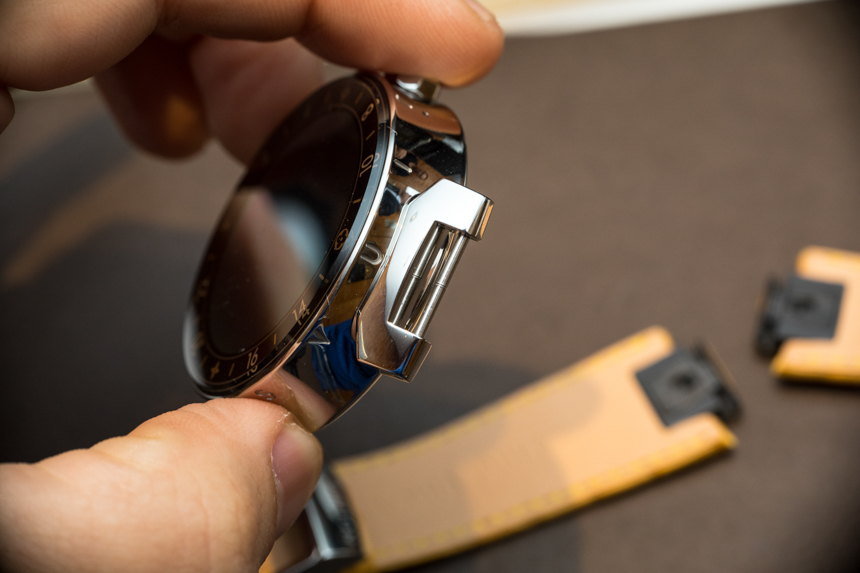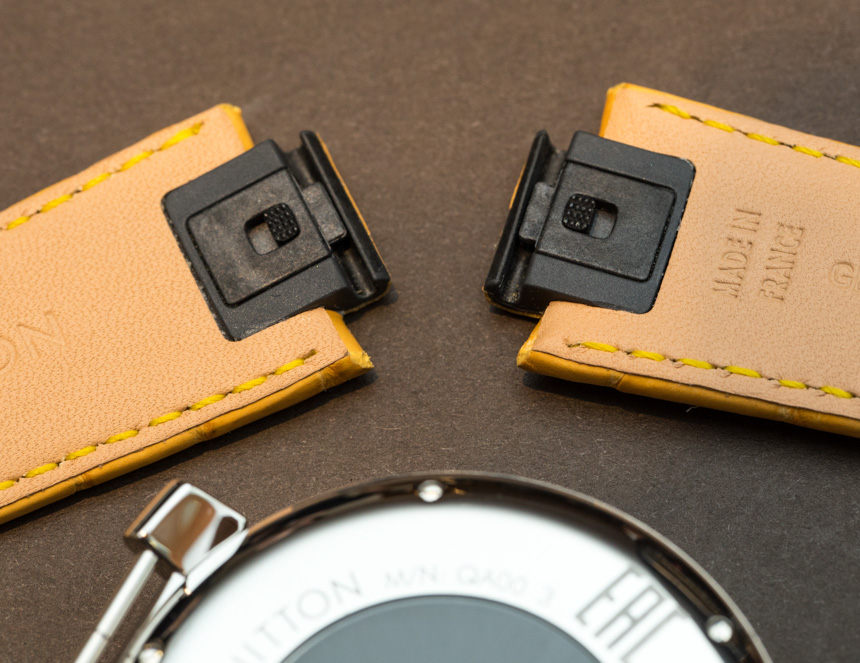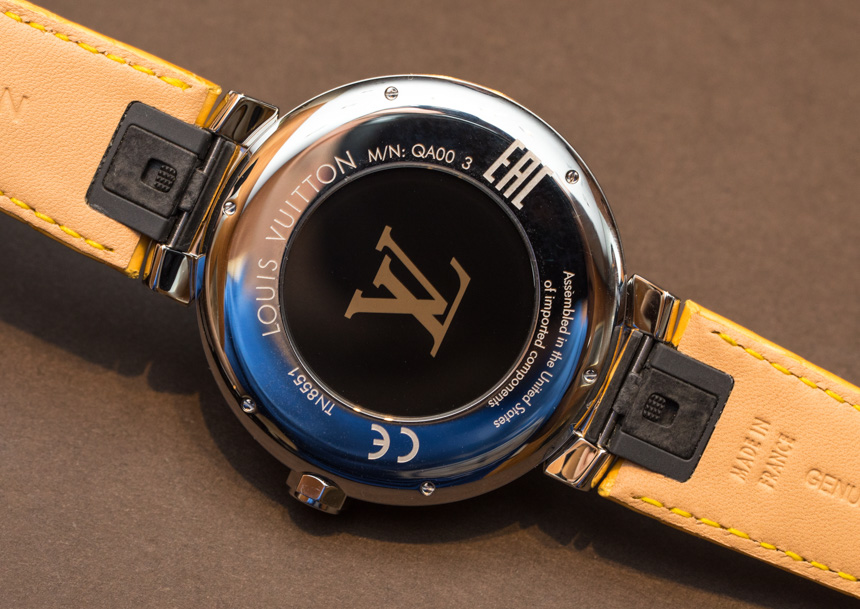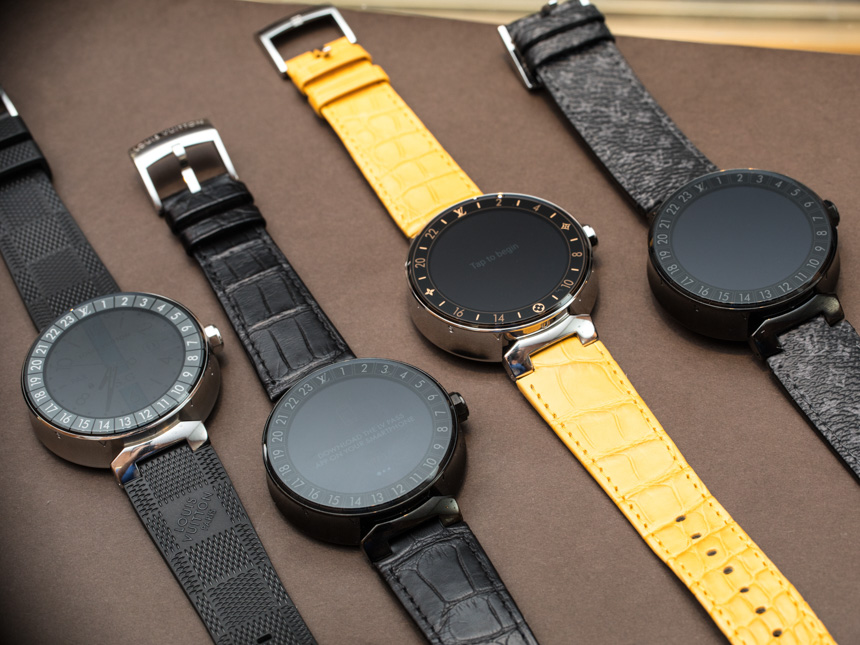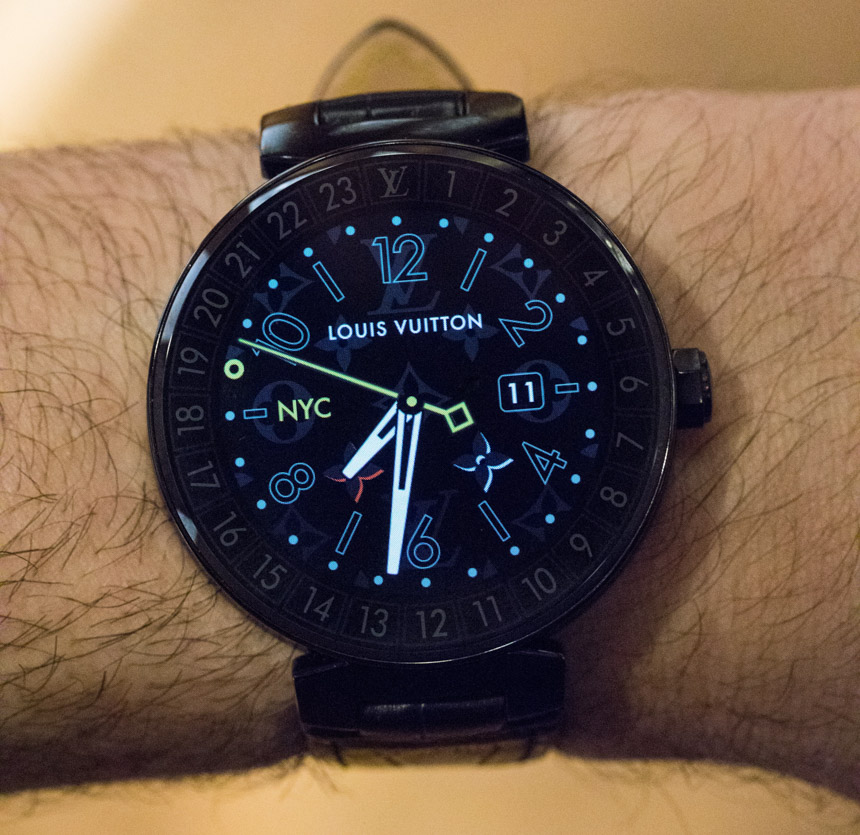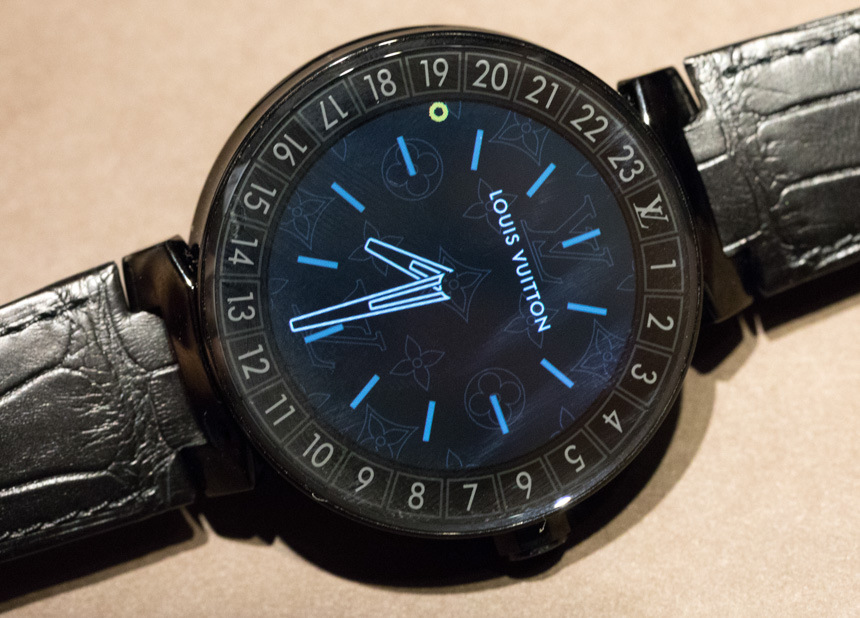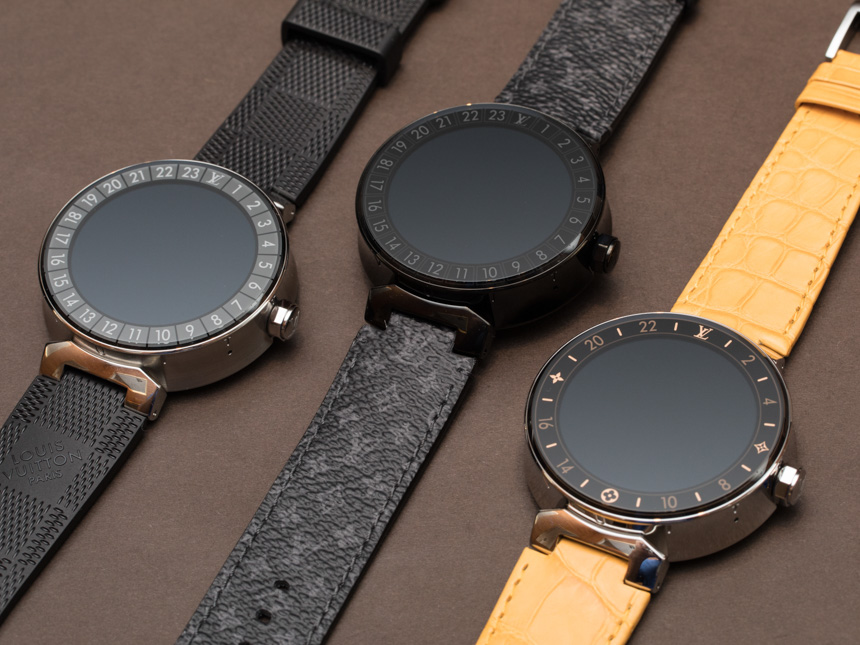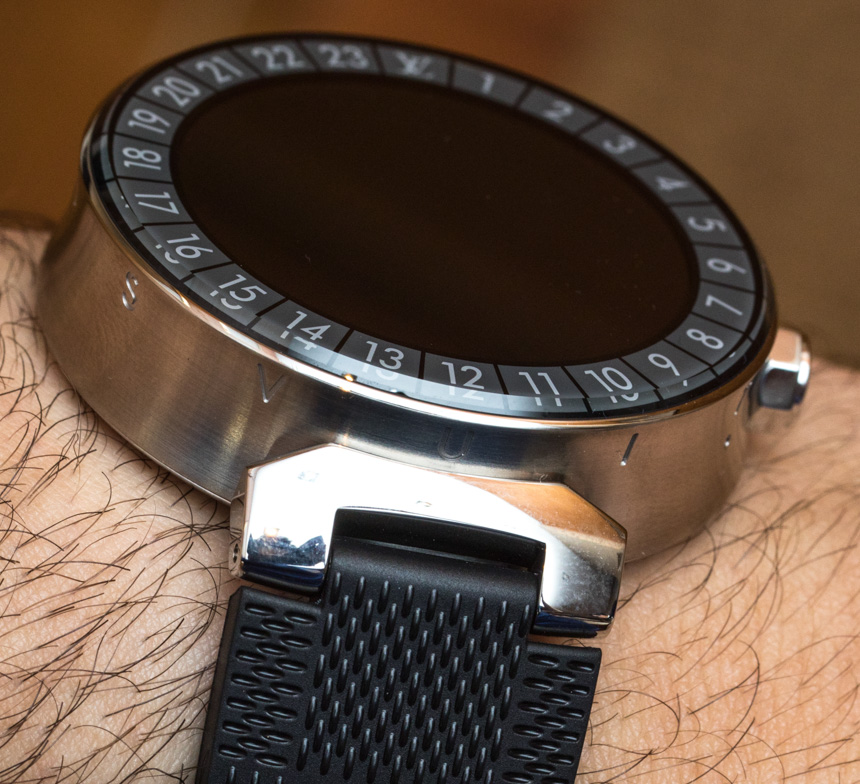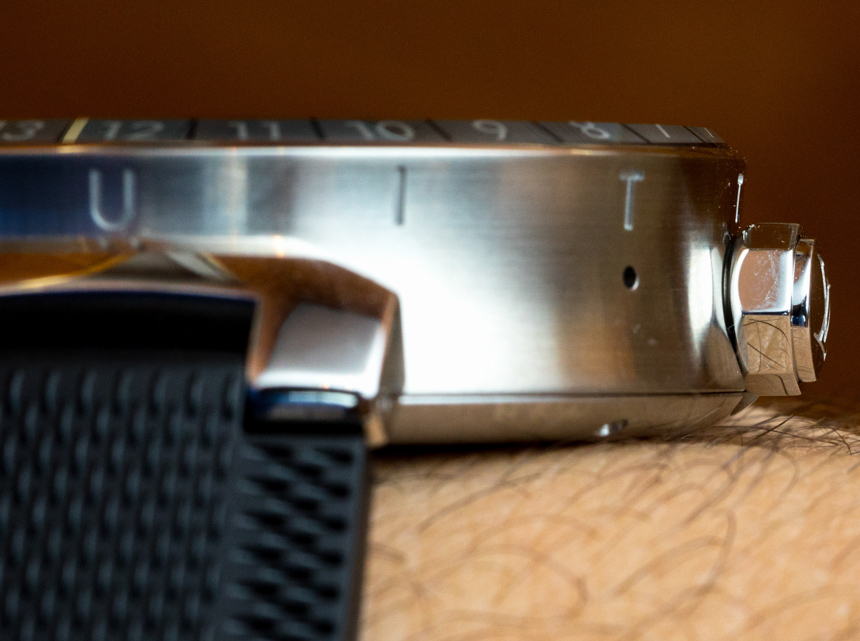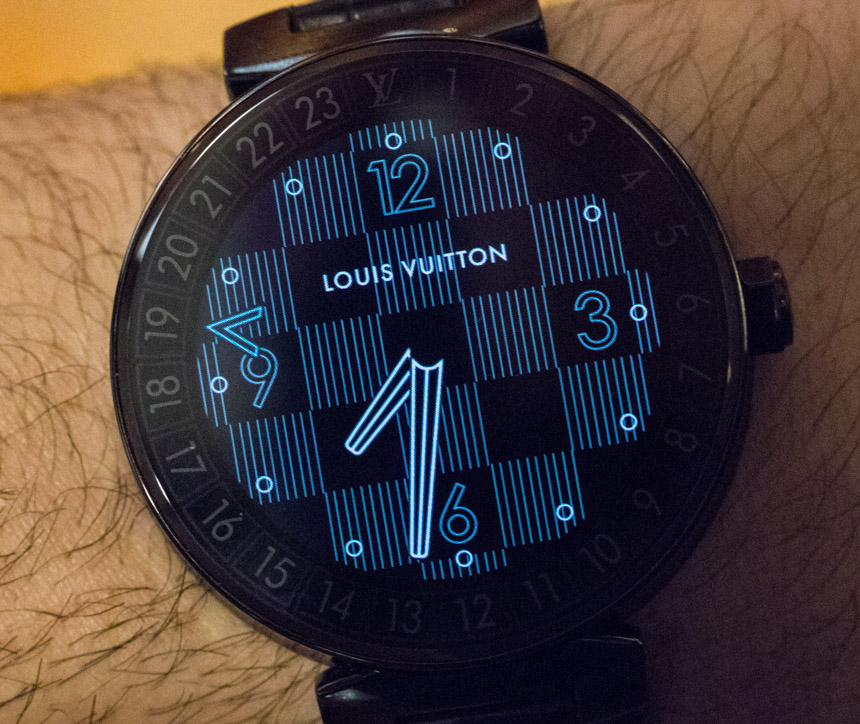
In addition to the ability to choose straps to attached to the case, Louis Vuitton ships the Tambour Horizon with a series of pre-loaded exclusive Louis Vuitton Android Wear 2.0 smartwatch dials. These more or less mimic or follow the look of traditional Louis Vuitton timepieces which helps the Tambour Horizon live in the brand’s larger family of wrist watches. The dials are pleasant and very much on brand. For what they sometimes lack in sheer originality, they make up for in attention-grabbing colorful looks.
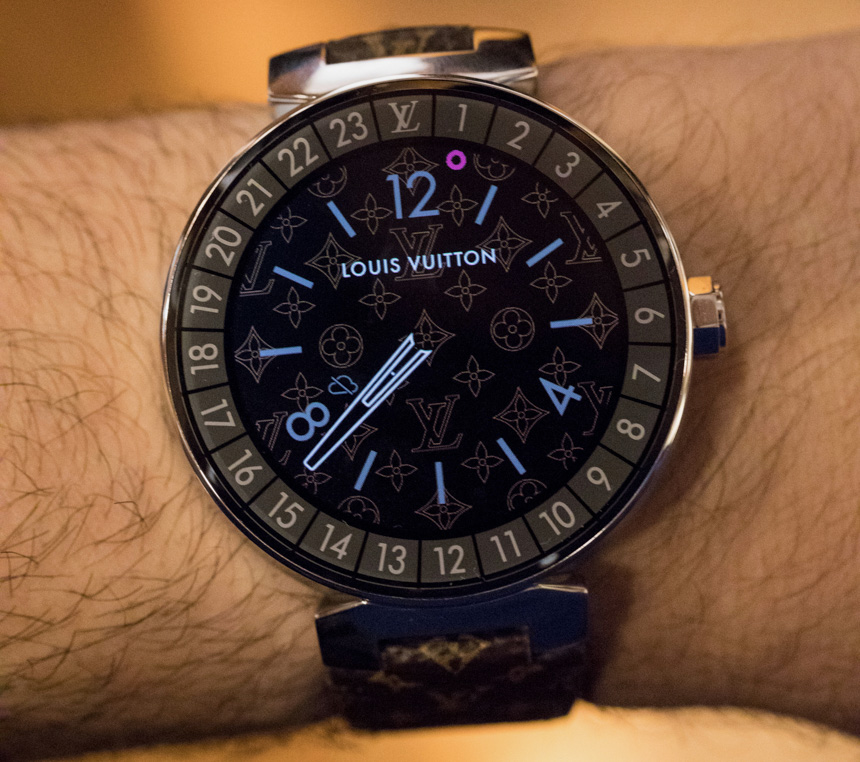
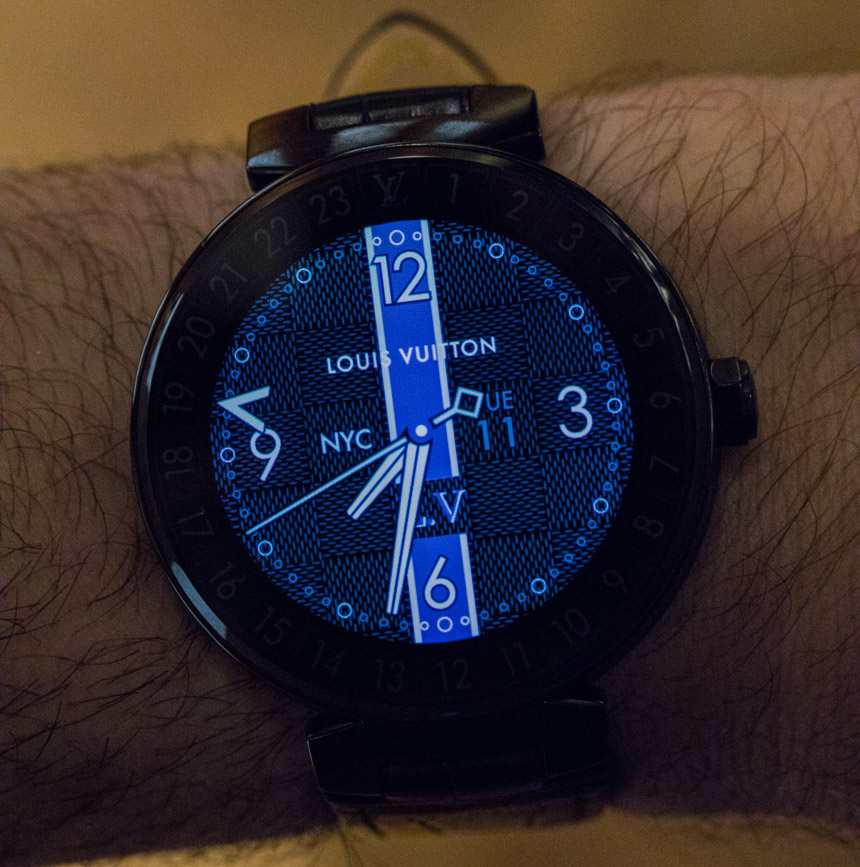
Once again this is a device meant to make good use of the screen’s always-on state. This means that if this mode is activated, the watch dial never goes totally black, and offers a colorful dial in a low-power state. It might not be as fully functional and sophisticated as that on the Tizen-powered Samsung Gear S3 (aBlogtoWatch review here), but it works rather nicely on the new crop of Android Wear 2.0 products I’ve played with over the last few months. I have spoken with fervor on many occasions how important I feel having an always-on state is for a smartwatch, which you can read about in the Gear S3 review I linked to above.
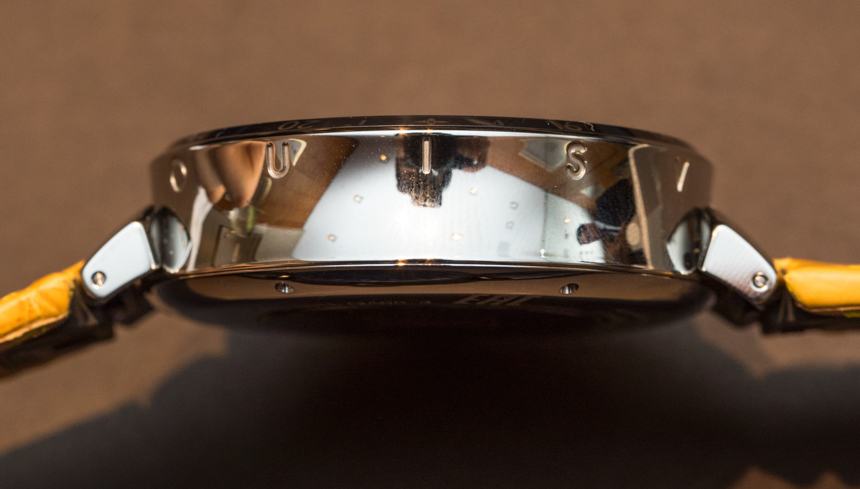
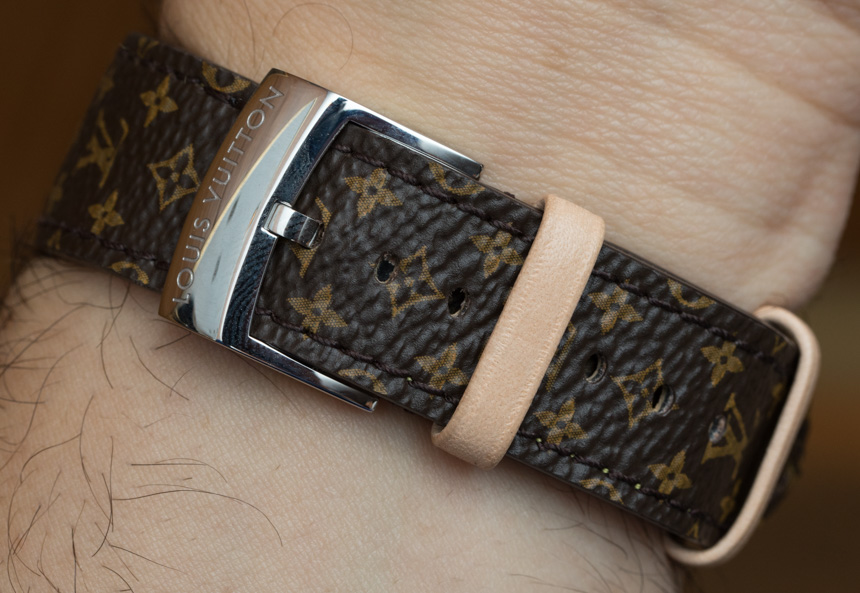
Louis Vuitton is about as mainstream a luxury name as you can think of in today’s society. If Louis Vuitton does it, then there is a chance a lot of people will want it. While the Tambour Horizon is not the first timepiece that I would consider to be a “specific” luxury smart watch (I invite you to revisit my article on the solid gold Apple Watch Edition), it is the first “Louis Vuitton” of smartwatches (quite literally). One might say that Louis Vuitton is engaging in “me too” behavior by also wanting to cash in on a smartwatch trend. I would disagree because I don’t personally think there is anything temporary about the placement of smartwatches in our lives right now. In my opinion, the release of a Louis Vuitton smartwatch signals that the luxury industry has formally accepted the importance of the smartwatch. Moreover, I think it is further acceptance that electronics can and should be luxury items.
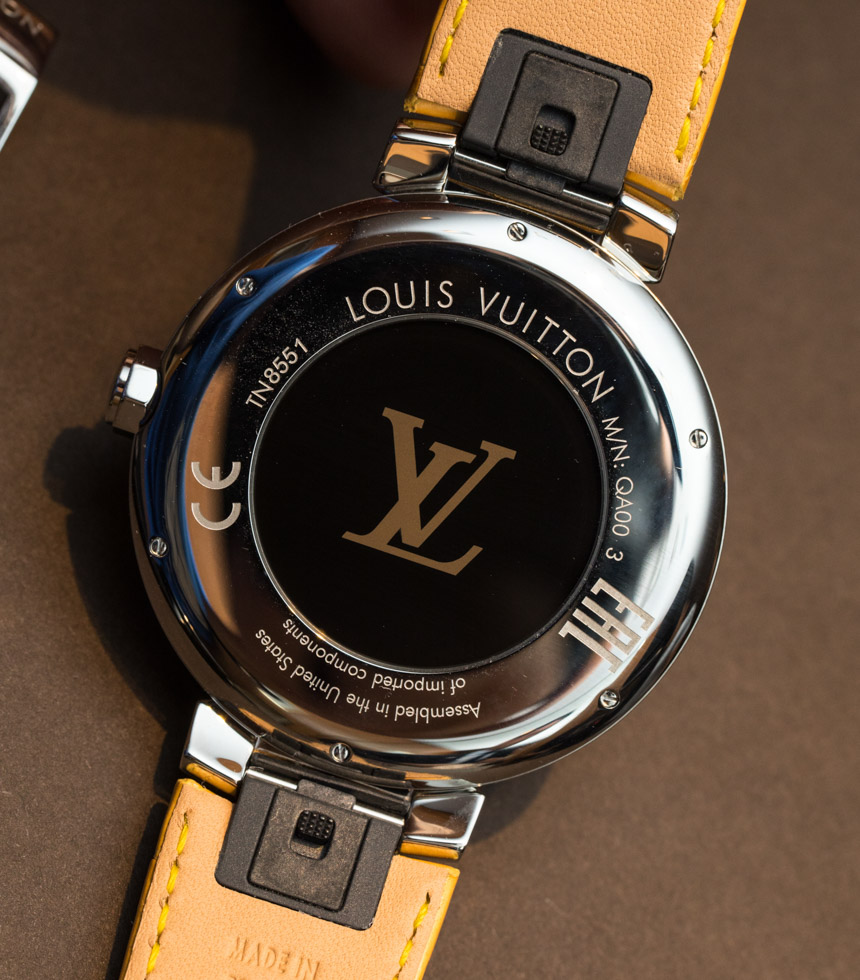
Ironically, the Tambour Horizon luxury smartwatch was released during the same month that ailing luxury smartphone maker Vertu finally kicked the bucket and declared insolvency. While there was never very much hope for luxury smartphones, luxury smartwatches seem to be doing much better than expected.
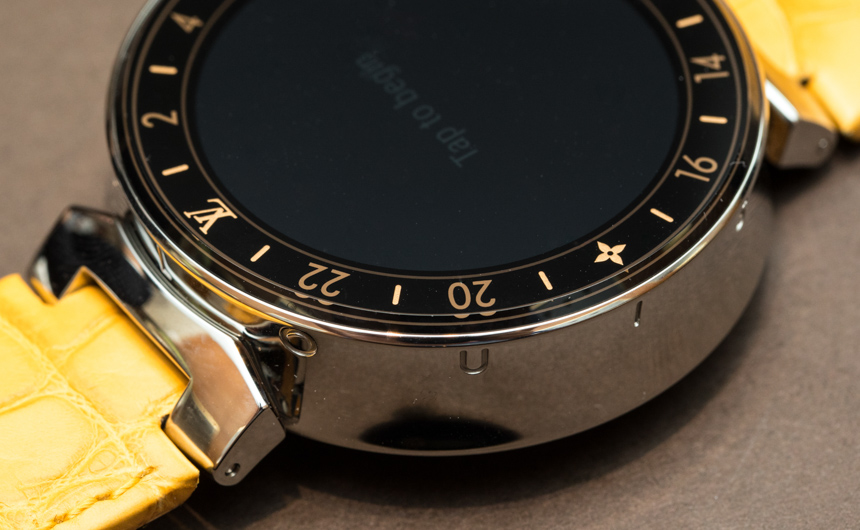
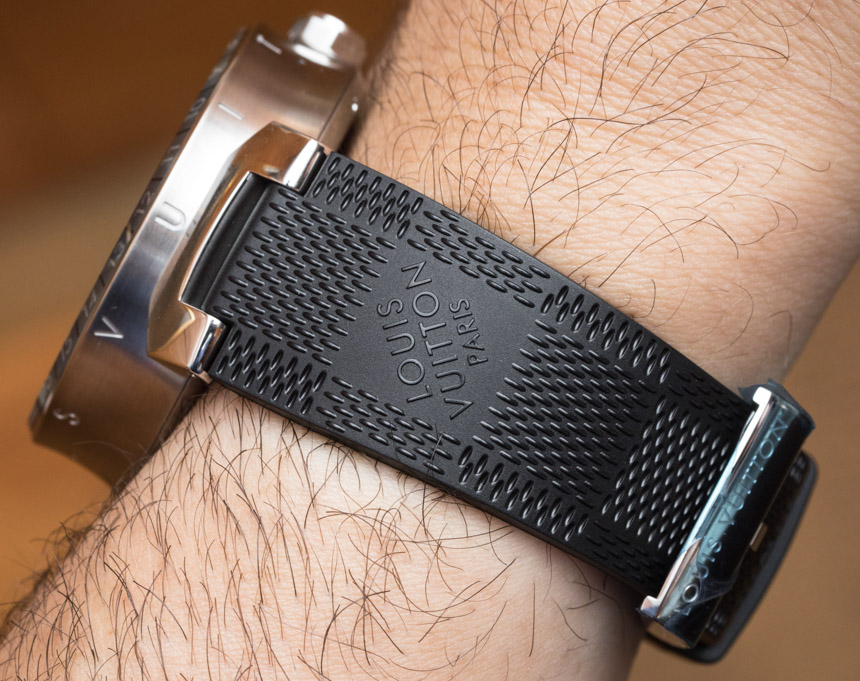
When TAG Heuer first released the Carrera Connected (their first smartwatch prior to the Connected Modular 45) CEO Jean-Claude Biver was candid about the fact that he didn’t have high hopes for it given his unfamiliarity for smartwatches versus traditional watches, and because the price was more than double much of the competition. What TAG Heuer learned was that many people want to combine their desire to wear the latest wearable technology with their desire to demonstrate status [and taste] by adorning socially recognizable luxury goods. Thus, even if many people didn’t feel smartwatches as a platform was mature enough, enough consumers didn’t mind and craved having an item that satisfied both needs.
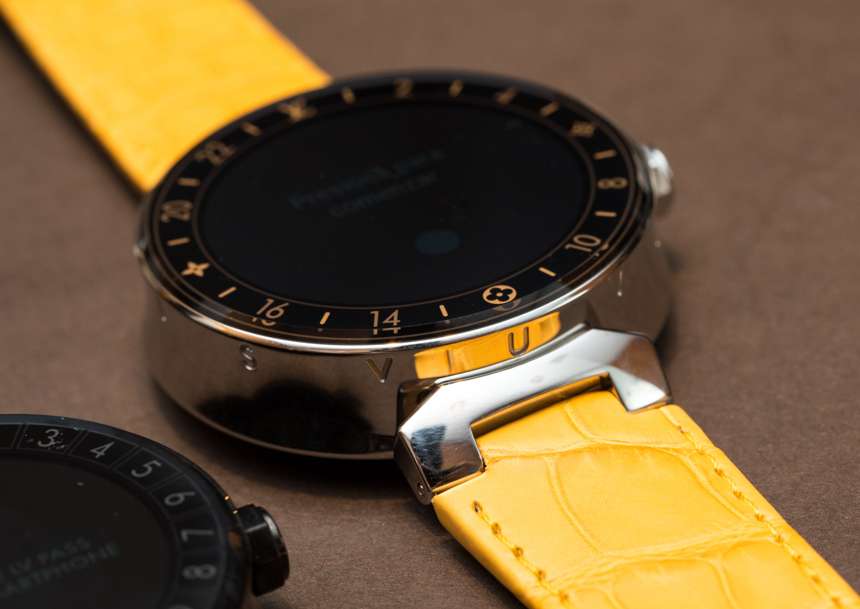
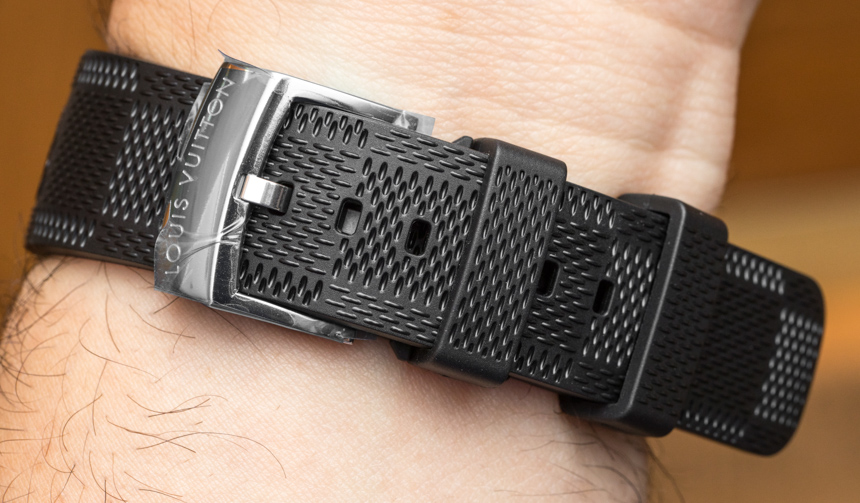
I’m rather certain that the Tambour Horizon will be both popular and a sales success. LVMH began the venture with a solid notion that there was customer demand. Watch lovers might joke that such customer demand exists mainly from luxury (versus technology or watch) lovers in Asia, but the fact remains that the idea of a Louis Vuitton smartwatch actually excites a lot of people. Especially people who may have had trouble taking the idea of a smartwatch as a luxury item seriously before.
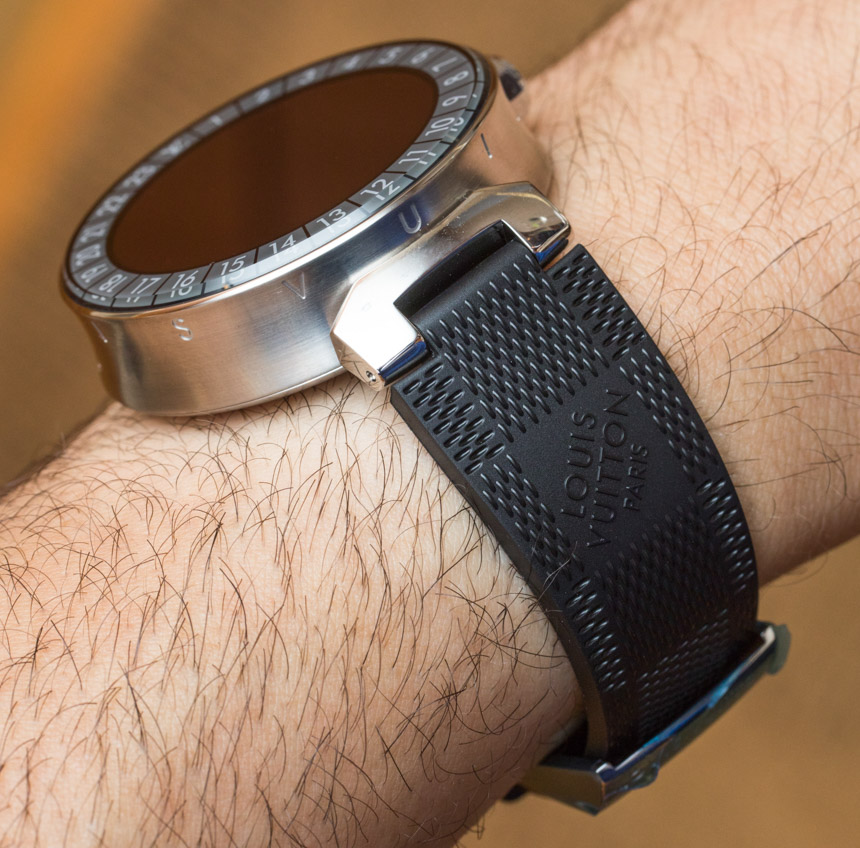
Major competition for the Louis Vuitton Tambour Horizon might ironically come from TAG Heuer, but also the smartwatch to beat (Apple Watch). The time has arrived, welcome or not, that smartwatches are coming out without much regard to functionality or electronic hardware. That means the market will be segmented into those products that attempt to innovate and push the technical envelope of what smartwatches do and how they perform. And then there will be the other type of product which isn’t about technical innovation, but market segment penetration. The Tambour Horizon adds clout to smartwatches in the way that better performing products will never be able to. And without those other products innovating, the Tambour Horizon won’t have an upgrade path. So at least these two ends of the smartwatch market help each other.
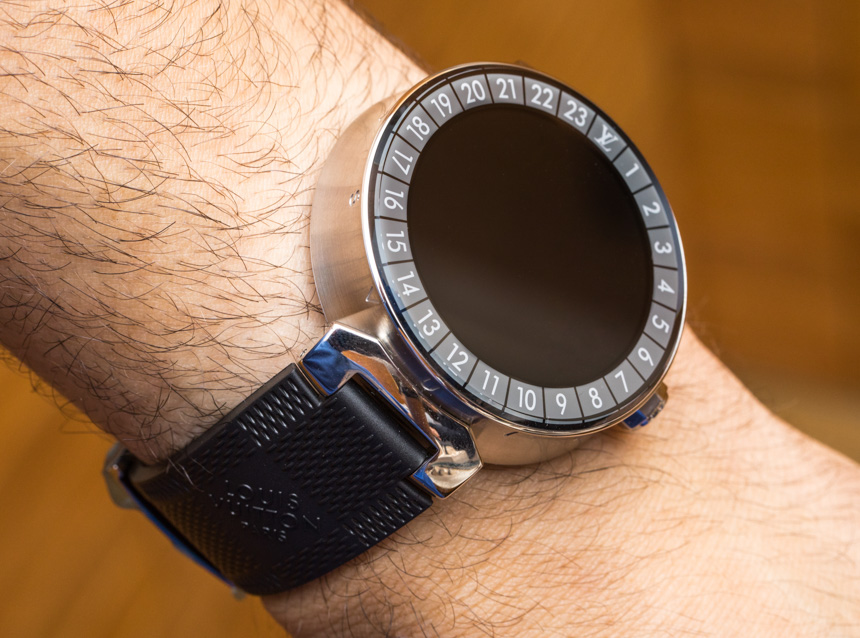
I’m not the type of person to plunk down $2,000 – $3,000 on a Louis Vuitton smartwatch. I’m just not that type of consumer, but enough people are. With that said, if I was given one and had an opportunity to wear it, I have a feeling I would get accustomed to being able to show off the “Louis Vuitton of smartwatches” as opposed to something else that won’t get audiences as invigorated. Never underestimate the power of brand perception when it comes to something you wear. Ranging in price from about $2,450 to $2,900, the Louis Vuitton Tambour Horizon Smartwatch is available now. louisvuitton.com

